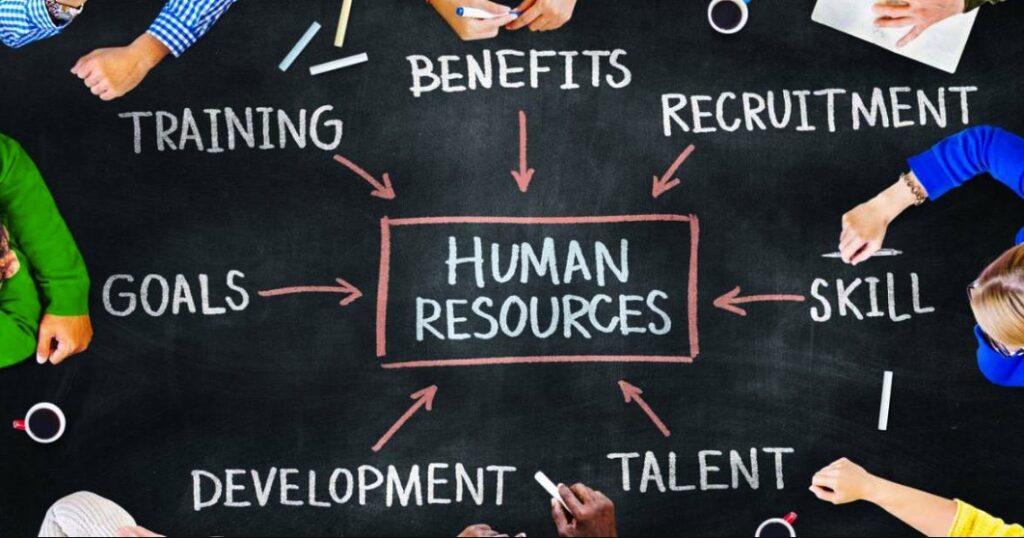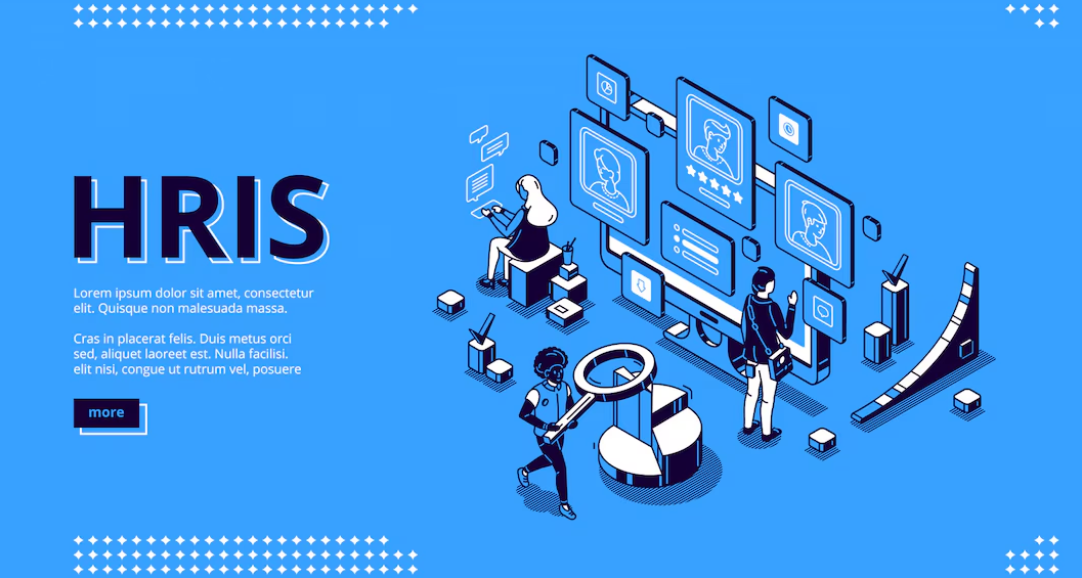Human Resources Management – (HRM) stands as a pivotal force within organizations worldwide, shaping workplace dynamics and aligning them with the collective goals of employees and employers alike.
This comprehensive guide delves into the intricate evolution of HRM, from its historical roots to its modern-day significance, exploring key functions, challenges, best practices, and future prospects. As HRM continues to evolve in response to shifting organizational needs and societal trends, its strategic role in fostering employee well-being and driving organizational success remains indispensable.
Historical Development of Human Resources Management

Human Resources Management (HRM) has a rich and evolving history that traces back to the Industrial Revolution and the subsequent societal changes it catalyzed. Initially emerging as a response to the labor rights movements of the 19th century, HRM in its nascent form focused primarily on ensuring basic worker protections and managing labor relations within industrial settings.
During the early stages of its evolution, HRM was primarily concerned with personnel administration, where rudimentary systems were developed to manage payroll, employee records, and compliance with emerging labor laws. This era marked the establishment of the first formal HR departments, which played a crucial role in mediating between labor and management, often amid labor strikes and unrest.
The early 20th century witnessed significant advancements in HRM practices, as organizations began to recognize the strategic importance of managing human capital. With the rise of scientific management principles advocated by Frederick Taylor and others, HRM evolved beyond mere administrative functions to include systematic approaches to workforce planning, job analysis, and performance evaluation.
As industrialization progressed, so did the complexity of HRM’s role. The development of labor unions and collective bargaining agreements further shaped HRM practices, influencing policies related to wages, working conditions, and employee rights. These developments laid the groundwork for modern labor laws and regulations that continue to govern employment practices today.
By the mid-20th century, HRM underwent a paradigm shift towards more proactive and strategic management of human resources. The post-World War II economic boom prompted organizations to adopt more sophisticated HRM practices aimed at attracting, retaining, and developing skilled talent. This era saw the emergence of personnel management as a distinct profession, with professionals increasingly focusing on talent acquisition, training, and organizational development.
In summary, the historical development of HRM reflects a journey from reactive labor management practices to proactive strategies aimed at maximizing organizational effectiveness through its most valuable asset – its people. This evolution continues to shape contemporary HRM practices, emphasizing strategic alignment, employee engagement, and the cultivation of organizational culture as essential pillars of success in today’s dynamic global marketplace.
Modern Transformation of Human Resources Management
In contemporary times, HRM has transcended its traditional administrative role to become a strategic partner within organizations. This evolution is characterized by its proactive involvement in organizational strategy formulation and its role in nurturing a conducive workplace environment.
Importance of Human Resources Management
Strategic Alignment
HRM acts as a strategic enabler by aligning its initiatives closely with organizational objectives, thereby facilitating business success through effective talent management and resource allocation.
Talent Acquisition and Retention
Central to HRM’s function is the acquisition, retention, and development of top-tier talent. These efforts are pivotal in sustaining organizational growth and fostering a competitive edge in the marketplace.
Compliance and Risk Mitigation
Ensuring adherence to labor laws and regulations is another critical facet of HRM’s responsibilities, mitigating legal risks and safeguarding organizational integrity.
Fostering Employee Engagement
HRM plays a pivotal role in cultivating a culture of engagement and productivity within the workplace, enhancing employee satisfaction and loyalty.
Key Functions of HR Management
Recruitment and Onboarding
HRM oversees the end-to-end recruitment process, from job advertisement to candidate selection and onboarding, ensuring a seamless integration of new hires into the organization.
Continuous Learning and Development
To support employee growth and enhance organizational capabilities, HRM designs and implements comprehensive training programs and developmental initiatives.
Performance Evaluation and Feedback
HRM establishes robust performance appraisal frameworks to evaluate employee contributions, provide constructive feedback, and align individual goals with corporate objectives.
Compensation and Benefits Administration
Managing employee compensation structures, including salaries, bonuses, and benefits packages, is integral to HRM’s role in maintaining competitive remuneration standards.
Employee Relations and Conflict Resolution
HRM fosters positive employee relations by addressing grievances and conflicts promptly, thereby nurturing a harmonious work environment conducive to productivity.
Challenges in HR Management
Promoting Diversity and Inclusion
HRM faces the challenge of promoting diversity and inclusivity within the workforce, ensuring equitable opportunities for all employees irrespective of background or identity.
Prioritizing Employee Mental Health
Addressing employee well-being, particularly mental health issues like stress and burnout, is a critical concern requiring proactive support and intervention from HRM.
Managing Remote Workforce Dynamics
The proliferation of remote work necessitates HRM’s adeptness in managing virtual teams, maintaining productivity, and fostering a sense of belonging among remote employees.
Integration of Technology
Embracing technological advancements such as HR Information Systems (HRIS) and analytics tools enables HRM to enhance operational efficiency and data-driven decision-making processes.
Strategic HR Planning
Aligning HR strategies with organizational goals and market dynamics ensures that HRM remains a proactive contributor to business success and sustainability.
Leveraging Data for Decision-Making
Harnessing analytics and data insights empowers HRM to make informed decisions regarding recruitment, performance management, and employee engagement strategies.
Effective Communication Strategies
Transparent communication of policies, changes, and expectations fosters clarity and trust among employees, enhancing organizational cohesion and alignment.
Promoting Employee Well-being
Investing in wellness programs, mental health initiatives, and work-life balance policies supports a healthy, engaged workforce, driving productivity and retention rates.
The Future of Human Resources Management
Embracing Artificial Intelligence
AI-driven technologies will revolutionize HRM practices, automating routine tasks, enhancing recruitment processes, and providing deeper workforce insights.
Advancing Workforce Diversity
HRM’s commitment to diversity and inclusion will evolve, championing diverse perspectives and creating environments that celebrate individual differences.
Adapting to Hybrid Work Models
The hybrid work model will necessitate flexible HR policies and technologies that support seamless collaboration between in-office and remote teams.
Promoting Sustainability and Corporate Responsibility
HRM will increasingly integrate sustainability practices and corporate social responsibility initiatives, aligning organizational values with societal and environmental goals.
Conclusion
Human Resources Management stands as a cornerstone of organizational success, driving employee engagement, strategic alignment, and operational efficiency. As the landscape continues to evolve, HRM’s role in navigating challenges and seizing opportunities will only grow, guided by best practices and a forward-thinking approach. By embracing innovation and prioritizing people-centric strategies, HRM professionals can lead their organizations toward a future characterized by resilience, inclusivity, and sustainable growth.
